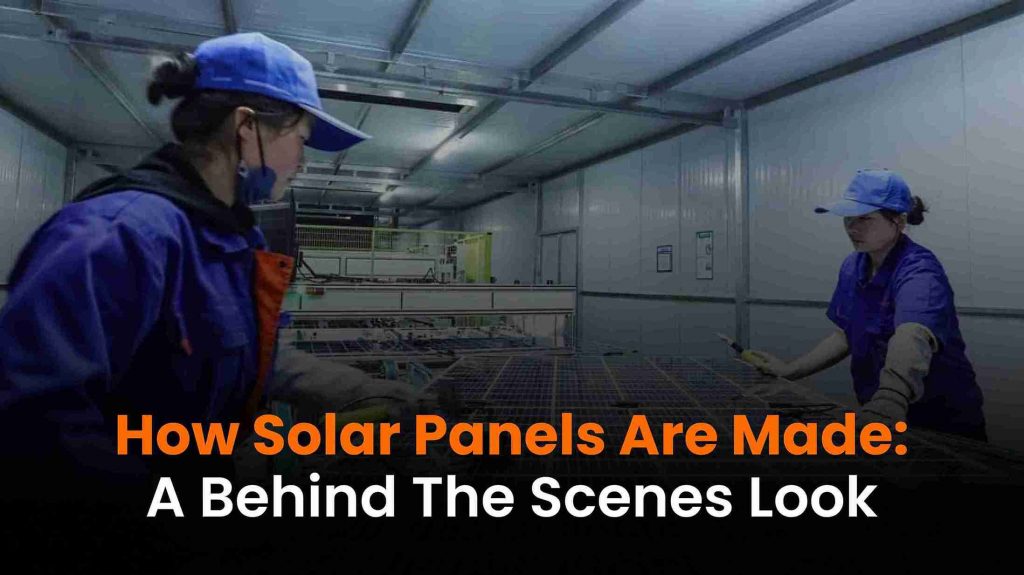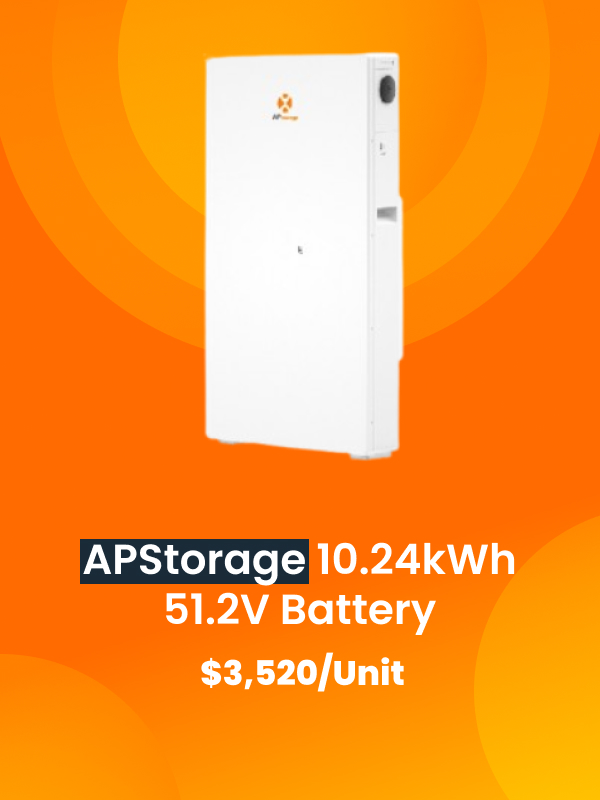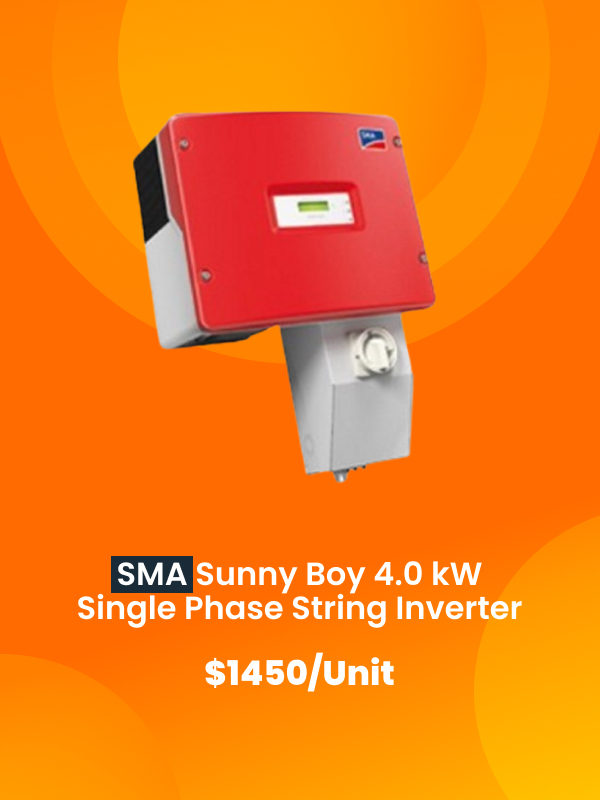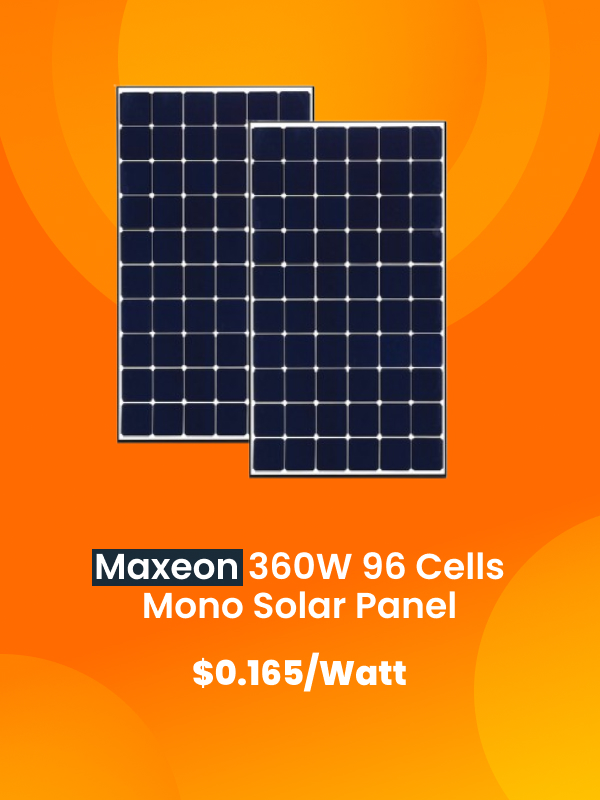How Solar Panels Are Made – We’ve noticed a trend of customers who are interested in understanding how things work. Knowing “how the sausage is made”, if you will. We think that’s a wonderful thing, particularly in a sector that benefits the environment and offers significant tax breaks to its customers. Whether you’re DIYing a solar array or you’re just curious about how things are made, here are the details on where those panels come from.
The three types of solar panels
There are three types of solar panels: monocrystalline, polycrystalline and thin film. Today we are going to focus on the first two, and leave thin film for a separate entry, as it is typically composed of different materials. Monocrystalline and polycrystalline panels are both made from silicon, an element found in sandstone rocks. It is widely used in electronics because of its semi conductive properties. You may recognize the nickname “Silicon Valley” that was given to the San Francisco bay area when the silicon transistor, used in all modern computer microprocessors, was created there in the 1970s.
Monocrystalline panels are made from one silicon crystal, while polycrystalline panels are composed of multiple silicon fragments melted together. Monocrystalline cells are black and square-shaped with the corners removed. You will notice gaps between each cell on these panels. Polycrystalline panels take on a bluish hue in the sun and are seated without gaps in
between the cells.
These panels have more in common than it might appear on the surface: including a million plus year old special ingredient and a remarkable manufacturing process.
Silicon semiconductors on the rocks with a twist
Both monocrystalline and polycrystalline panels are composed of the same primary ingredient: silicon. Silicon is one of the few semiconductors on earth, which means it can run electricity from an insulator to a conductor. It’s also abundant in nature, which means it is easily found and thus, inexpensive. These properties make it the most widely used semiconductor on earth, particularly in electronic devices.
The silicon production process starts by extracting silica from quartzite, an exceptionally strong rock that is typically found at the base of mountains all over the world. Quartzite metamorphoses from quartz sandstone, which contains an extremely high percentage of silica.
The silica is extracted from quartzite by melting the rocks down inside of massive industrial furnaces at up to 3,600 degrees F.
Activate the Dopant
Next, crystal seeds of silicon are added to the melted silicon and pulled up into a second furnace on a rotating arm. A small amount of Boron is combined with the silicon to dope it, or to give it a positive charge. When the silicon cylinder is removed it is now what’s known as a p- type, or positive type, semiconductor. The now electrically conductive silicon comes out in a long cylindrical shape prepared for cutting and trimming.
From Cylinders to Ingots to Wafers
The electrically charged silicon cylinder is now chopped into round ingots and then squared off, using a diamond blade. The ingots are then sliced into thin (125mm or 156mm) wafers using a multi-wire saw. The wafer is the building block of the solar cell, but it is not quite ready for use.
Creating a Solar Cell
As currently constructed, the flat surface of the solar wafers would waste a great deal of sunlight. A dopant, typically phosphorous, is added to the surface to create a positive and negative charge. The cells are also etched with a design in order to guide the electrical path away from the edges and to maximize absorption of sunlight. The wafer has now been converted into a solar cell.
Putting it all together
Now it’s time to assemble a solar panel. The solar cells are attached to a back sheet and metal frame, then covered with glass. Panels are soldered together to create an array, or system, of panels. A typical home array comprises 21-34 solar panels. On the more extreme end, solar farms can fit about 2,000 panels per square acre.
Thanks for reading about monocrystalline and polycrystalline panels today. As promised, we’ll talk more about thin film panels another time.
Information on the tax credit for solar panels purchased in 2022 here.
If there’s anything we can help you with, contact us here.




